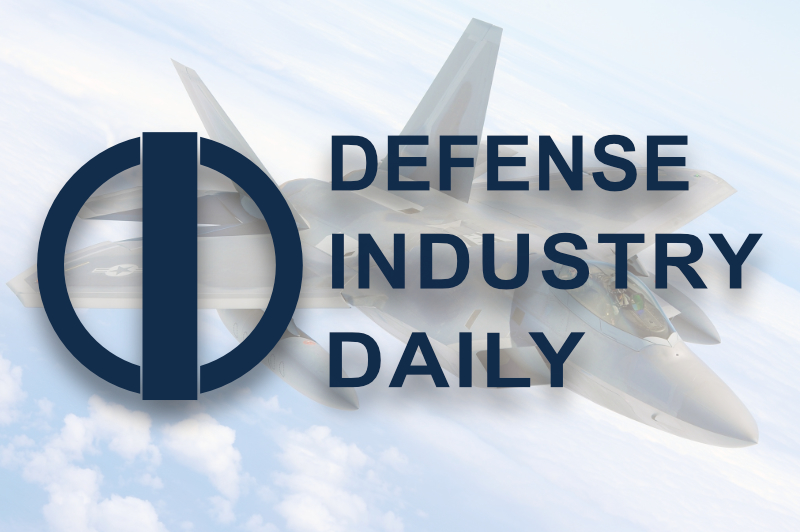This article is included in these additional categories: Fighters & Attack | Issues - Political | New Systems Tech | Official Reports | Policy - Procurement | Project Methodologies | USA
GAO Issues 3rd Report on F-35 Program, Sees Serious Risks Along With Progress

For more on this and other stories, please consider purchasing a membership.
If you are already a subscriber, login to your account.
If you are already a subscriber, login to your account.
Takeoff: F-35, or costs?(click to view full) The US Government Accountability Office releases its latest report covering the F-35 Lightning II, also known as the Joint Strike Fighter program. They offered their assessment and made their recommendations, but the USAF agreed to disagree and will continue as planned. GAO writes: “The Joint Strike Fighter (JSF) […]

One Source: Hundreds of programs; Thousands of links, photos, and analyses
DII brings a complete collection of articles with original reporting and research, and expert analyses of events to your desktop – no need for multiple modules, or complex subscriptions. All supporting documents, links, & appendices accompany each article.
Benefits
- Save time
- Eliminate your blind spots
- Get the big picture, quickly
- Keep up with the important facts
- Stay on top of your projects or your competitors
Features
- Coverage of procurement and doctrine issues
- Timeline of past and future program events
- Comprehensive links to other useful resources
Monthly
$59.95/Per Month
- Charged Monthly
- 1 User
Quarterly
$50/Per Month
- $150 Charged Each Quarter
- 1 User
Yearly
$45/Per Month
- $540 charged each year
- 1 User
2 years
$35/Per Month
- $840 Charged every other year
- 1 User
